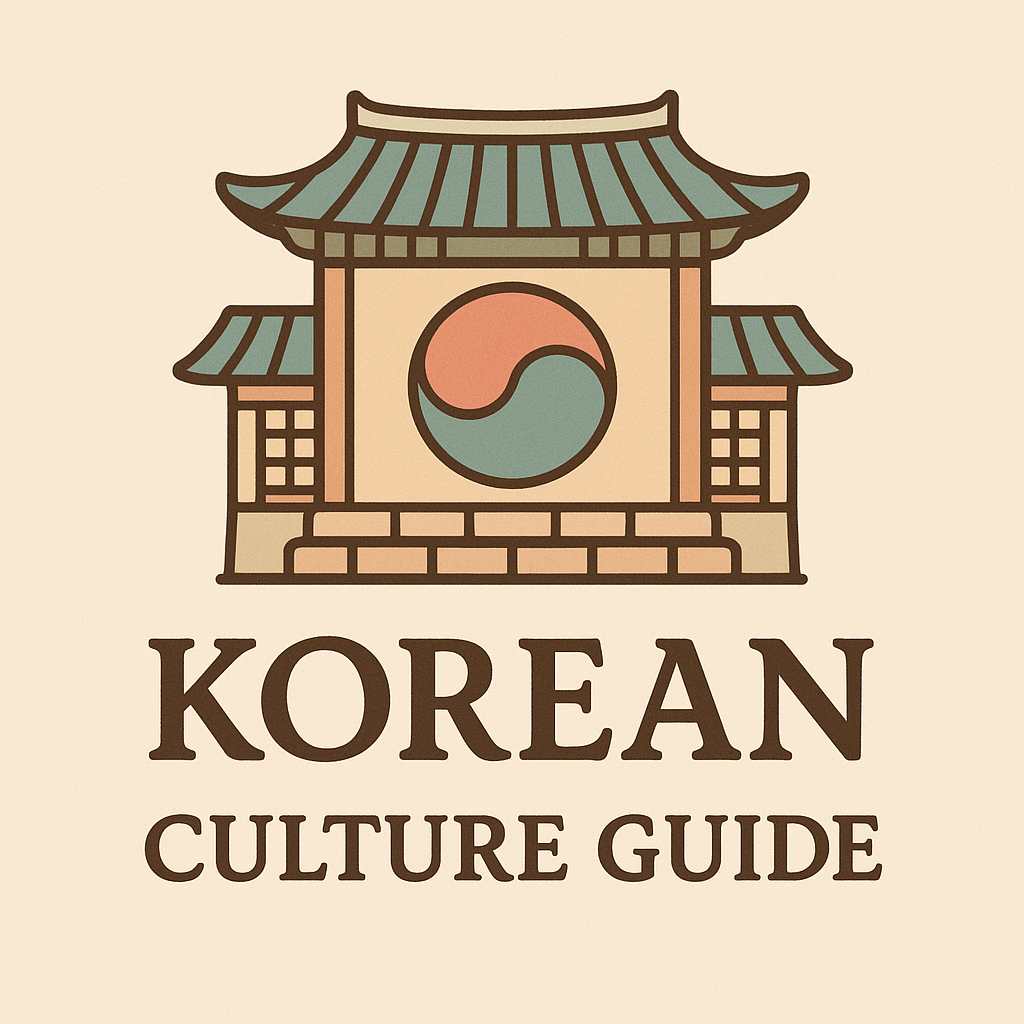-
contents
Makgeolli, Korea’s traditional rice wine, is often associated today with casual drinking and comfort food. But centuries ago, its role was far more significant. In Korean villages, makgeolli was a vital element of rituals, offerings, and communal gatherings. It wasn’t just consumed for pleasure — it carried spiritual and symbolic weight.
Understanding why makgeolli was central to village rites reveals a deeper layer of Korean culture — one where fermented grains, ancestral reverence, and collective unity intertwined. This article explores the forgotten meanings behind this iconic beverage and how it connected people to the divine and each other.
Makgeolli as an Offering to the Spirits
Why Fermented Rice Wine Was Seen as a Sacred Gift
In traditional Korean rituals like “gut” (shamanistic ceremonies) or “jesa” (ancestral rites), makgeolli was a key offering to gods, nature spirits, and ancestors.
- Symbol of Transformation: Rice, the staple of life, undergoes fermentation to become makgeolli — a transformation that mirrored spiritual renewal. This made it a powerful symbolic gift.
- Appeasing the Divine: Spirits were believed to accept liquid offerings more readily. Makgeolli, rich in scent and energy, was seen as more ‘alive’ than water or tea, pleasing to both heavenly and earthbound beings.
Rituals of the Land: Makgeolli and Agricultural Prayers
How Rice Wine United Farmers and Nature in Seasonal Ceremonies
Before planting and after harvesting, villagers gathered to perform seasonal rituals, praying for rain, abundance, and protection. Makgeolli played a central role.
- Pouring into the Soil: A portion of the wine was often poured onto the earth as a libation, thanking the land for its bounty. This was a way of honoring the guardian deities of farming fields.
- Shared Among Farmers: Drinking makgeolli together after rituals wasn't indulgent — it was a sacred seal of solidarity, marking their shared hopes and labor.
Makgeolli in Village Gut: Linking the Seen and Unseen
The Role of Rice Wine in Korean Shamanism
In shamanistic performances led by a mudang (female shaman), makgeolli was often used during spirit invocation and cleansing rituals.
- Medium for Possession: Shamans sometimes consumed makgeolli while entering trance states. It was believed to ease communication with spirits.
- Purification and Power: Bowls of makgeolli were placed on ritual tables or splashed in sacred directions, symbolizing purity and spiritual power.

Makgeolli and Community Bonding
How Drinking Together Strengthened Social Ties
Makgeolli was not only sacred — it was also communal. After rituals concluded, villagers didn’t simply go home. They sat together, shared dishes, and passed around bowls of rice wine.
- Equality in the Bowl: In village settings, everyone drank from the same bowl or pot. This symbolized unity — regardless of age or class, all were part of the same cycle.
- Breaking Bread, Building Trust: The casual sharing of makgeolli created space for honest dialogue, laughter, and connection. It was more than a drink — it was a social glue.
Symbol of Humility and Gratitude
Why Makgeolli Was Considered a Humble Yet Noble Offering
Unlike refined liquors, makgeolli is cloudy, unfiltered, and rustic — a perfect symbol of humility. Yet in the context of rituals, its simplicity became its strength.
- Made from the People, for the Spirits: Villagers often brewed their own makgeolli, giving their labor and time. This personal effort added sincerity to the offering.
- A Toast to Gratitude: Drinking makgeolli during rituals reminded people to remain humble and thankful — not only for what they received, but also for what they could give.
Decline and Revival: Makgeolli’s Place in Modern Rituals
From Forgotten Ritual Drink to Cultural Heritage
As industrialization and modernization swept Korea, many traditional village rituals faded — and with them, the spiritual role of makgeolli. But in recent years, there’s been a quiet revival.
- Makgeolli as Intangible Heritage: Now recognized as part of Korea’s cultural identity, makgeolli is being reintroduced in folk festivals, cultural programs, and even spiritual workshops.
- New Meaning in Old Practices: Young Koreans and global enthusiasts are rediscovering its deeper meanings — not just as a trendy drink, but as a bridge to nature, ancestors, and self-awareness.
A Sacred Sip of Korean Heritage
Makgeolli is more than a rice-based beverage — it’s a living symbol of Korea’s spiritual past and communal values.
During village rituals, it represented gratitude, humility, unity, and sacred connection. Though modern life has changed its context, the essence remains.
By honoring these traditions, we don’t just preserve history — we reconnect with a part of ourselves that longs for ritual, community, and meaning. So the next time you raise a bowl of makgeolli, consider what it once meant — and what it still can.
'culture' 카테고리의 다른 글
K_Culture Guide
Korea Vibes Blog shares real stories, cultural insights, and travel tips from Korea. Discover what makes Korean life so unique.
